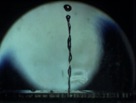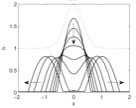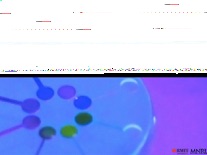Research at MNRL

Surface Acoustic Wave Microfluidics

Research Overview
Research at the Micro/Nanophysics Research Laboratory (MNRL) revolves around investigating the fundamental physicochemical hydrodynamics associated with electrically and acoustically driven microfluidic transport using a host of advanced visualisation and characterisation equipment as well as analytical, semi-analytical and fully numerical techniques. In addition, we also seek to apply these fundamental studies to novel ways for actuating and manipulating both fluids and particles in microscale and nanoscale devices for various biomicrofluidic applications such as drug delivery, high-throughput drug screening, biosensor technology, robotic surgery and other lab-on-a-chip type applications. Some of our research projects are listed below.
Electrokinetically-Driven Microfluidics

Interfacial Flows, Liquid-Liquid Dispersions & Nanodroplets

Click on image on the left for a summary



